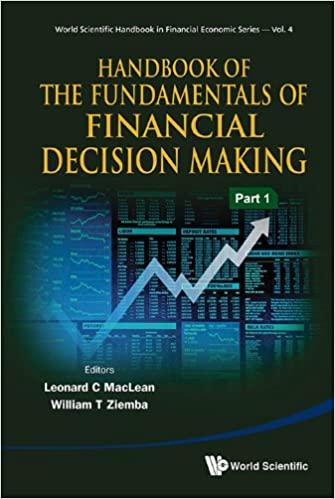
Carolyn just turned 52 years of age and works for the state of California. She started working there on her 23^rd birthday, just after she graduated from college. This coming year will be her30^th year working for the state and she is considering retiring on her 53^rd birthday as she willhave reached 30 years of service. This entitles her to a defined benefit pension in which shereceive 90% of her final year pay for the rest of her life, annually increased by the rate ofinflation. For instance, if she made $50,000 in her final year working, she would receive$45,000 at the end of the first year of retirement (on her 54^th birthday). Each year thereafterthe payment will increase by the rate of inflation. Assume that she is expected to live to age83, allowing for 30 years of retirement. Also assume that inflation is expected to be 3% eachyear during her retirement. If Carolyn made $80,000 in her final year of working for the state, what is the present valueof her pension plan if the appropriate opportunity cost of capital were 5.5% per year? Show all calculations. (15) The total pay used in the pension calculation is not limited to the base salary of theemployee. It also includes any overtime pay that was earned in the final year, a practiceknown as "spiking". Carolyn's $80,000 is based on working 2000 hours (40 hours perweek for 50 weeks) during the year at $40 per hour. If she works overtime, she is paid 1.5of her normal hourly wage ($60 per hour) on any hours above 2000 hours (above 40 hoursper week). If she instead worked 2200 hours in her final year, what would be the new-present value of her pension plan? What is the true per hour cost of Carolyn's overtime?Show all calculations. (25) To fund their employee's retirement, the state of California invests some of their pensionassets in the stock market. Historically, their investment portfolio has earned 9% andgovernment pension rules allow states to use that figure to estimate the required pensioncontribution it must make every year. Above, we used 5.5% as the discount rate becauseeconomists argue that the pension obligation is similar in legal obligation to a state bondand these bonds are currently yielding 5.5%. Currently, California is paying $13 billionper year in benefits (payments made annually at the end of the year) and this is expectedto grow at 5% per year (partly due to inflation and partly due to growth in the number ofemployees). At the beginning of this year, they had $200 billion in their pension plan andif the contributions to the plan grow at the 3% inflation rate, assuming a 9% return allowsthem to only contribute $6.41 billion at the end of this year to the plan and have it be inbalance over the 75 year actuarial life of the plan. (Accounting rules require the presentvalue of benefits over the next 75 years to equal the present value of the contributionsover the next 75 years plus the current value of the pension plan's assets.) What would bethe required annual contribution by the state if they instead used the more appropriate5.5% discount rate that corporations would be required to use? Show all calculations. (20)







